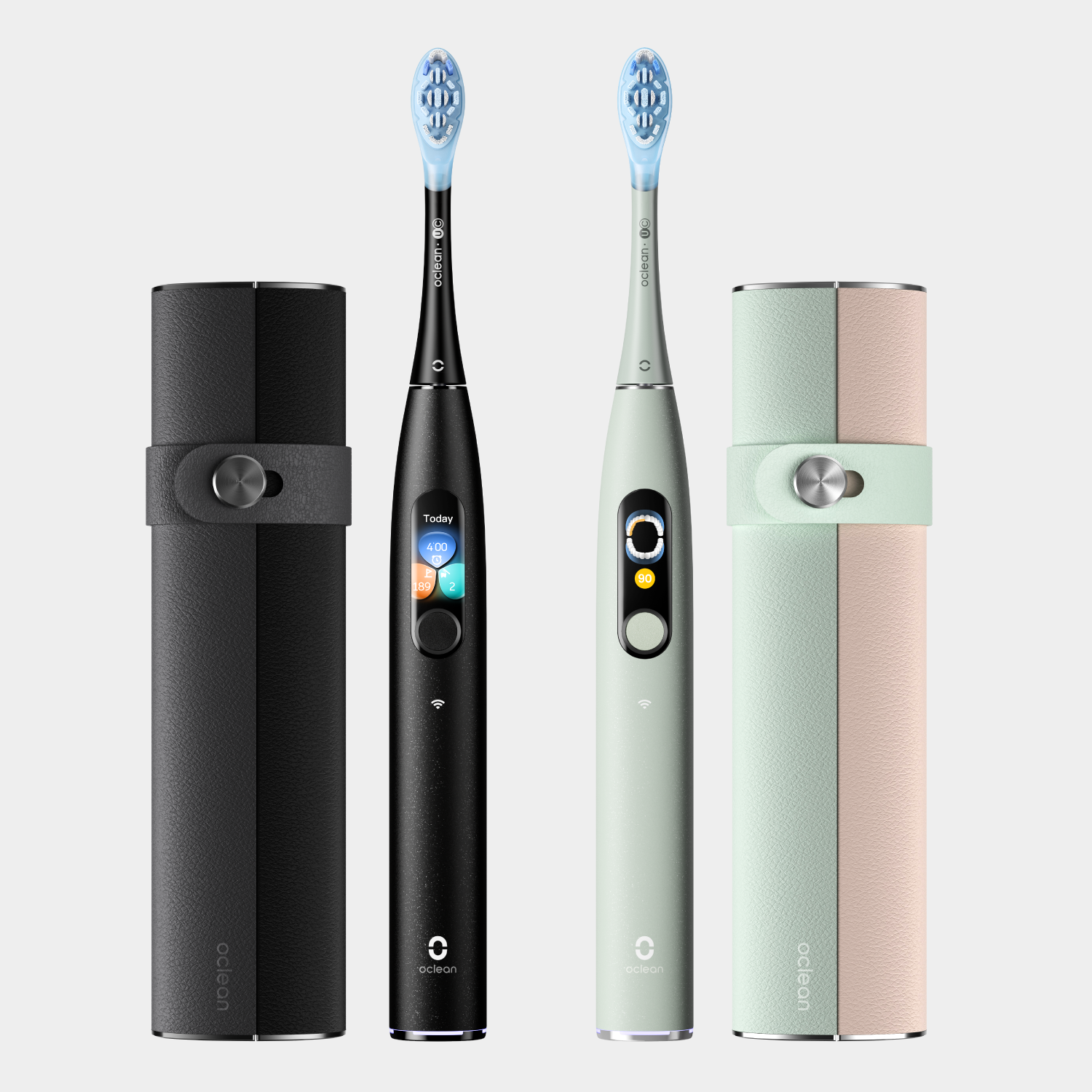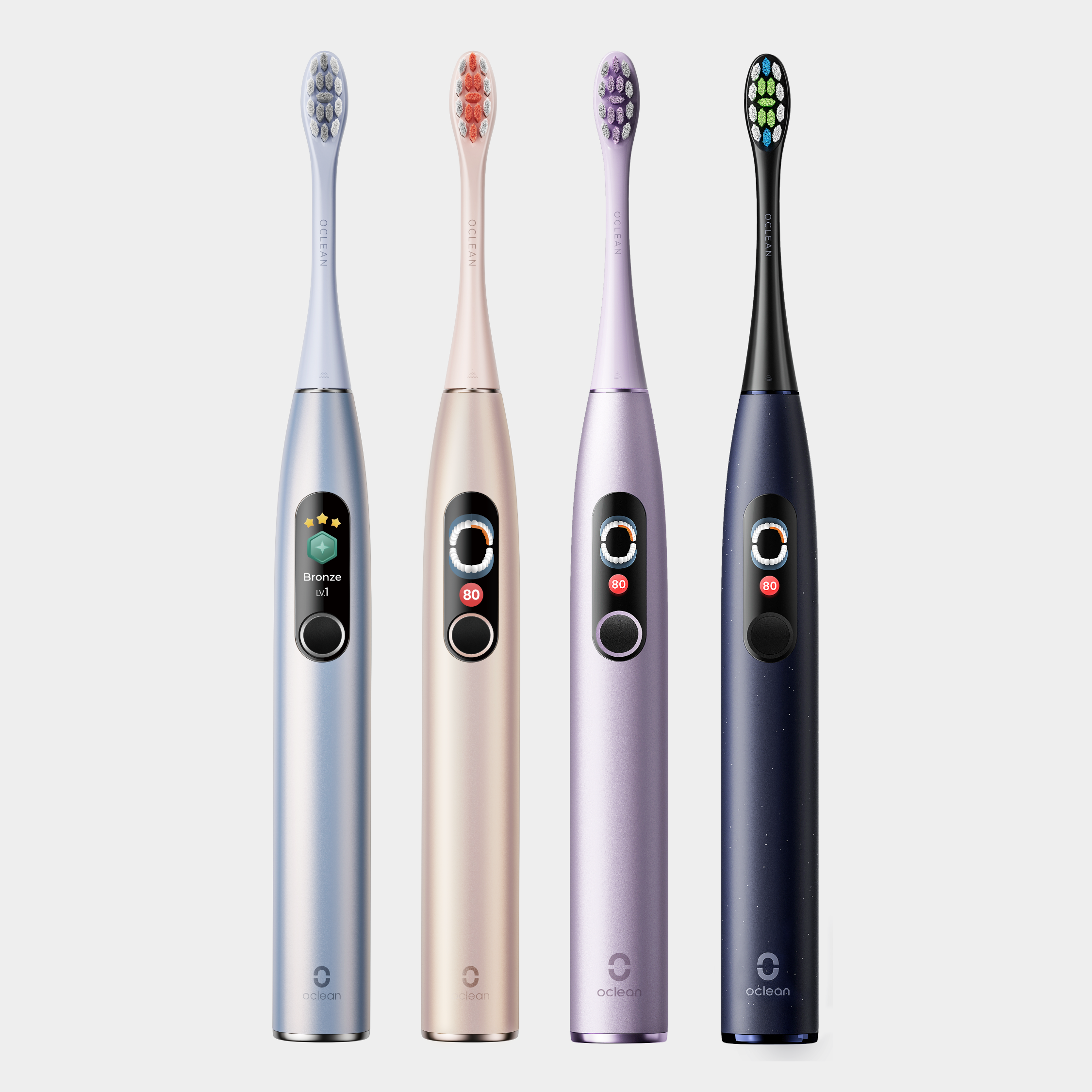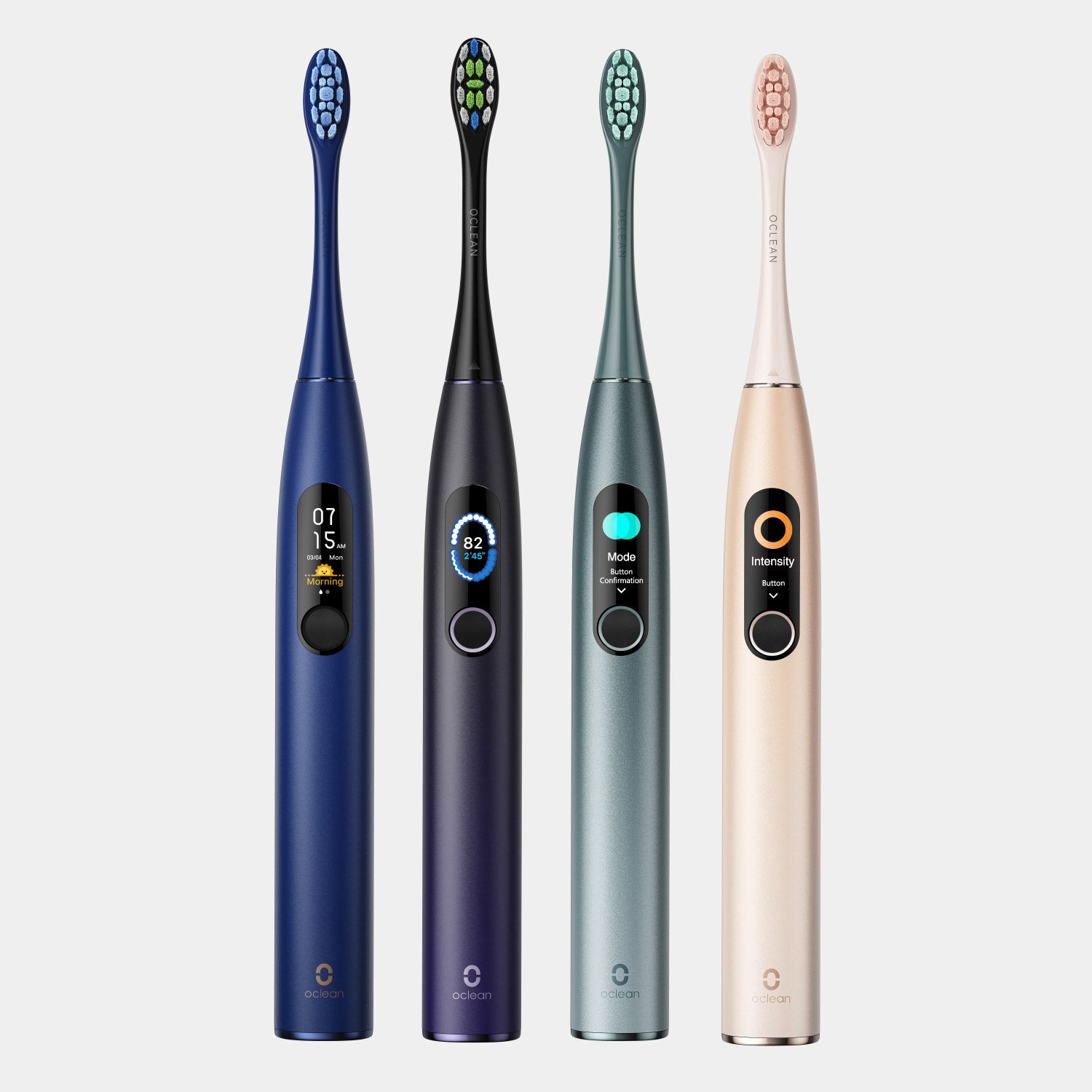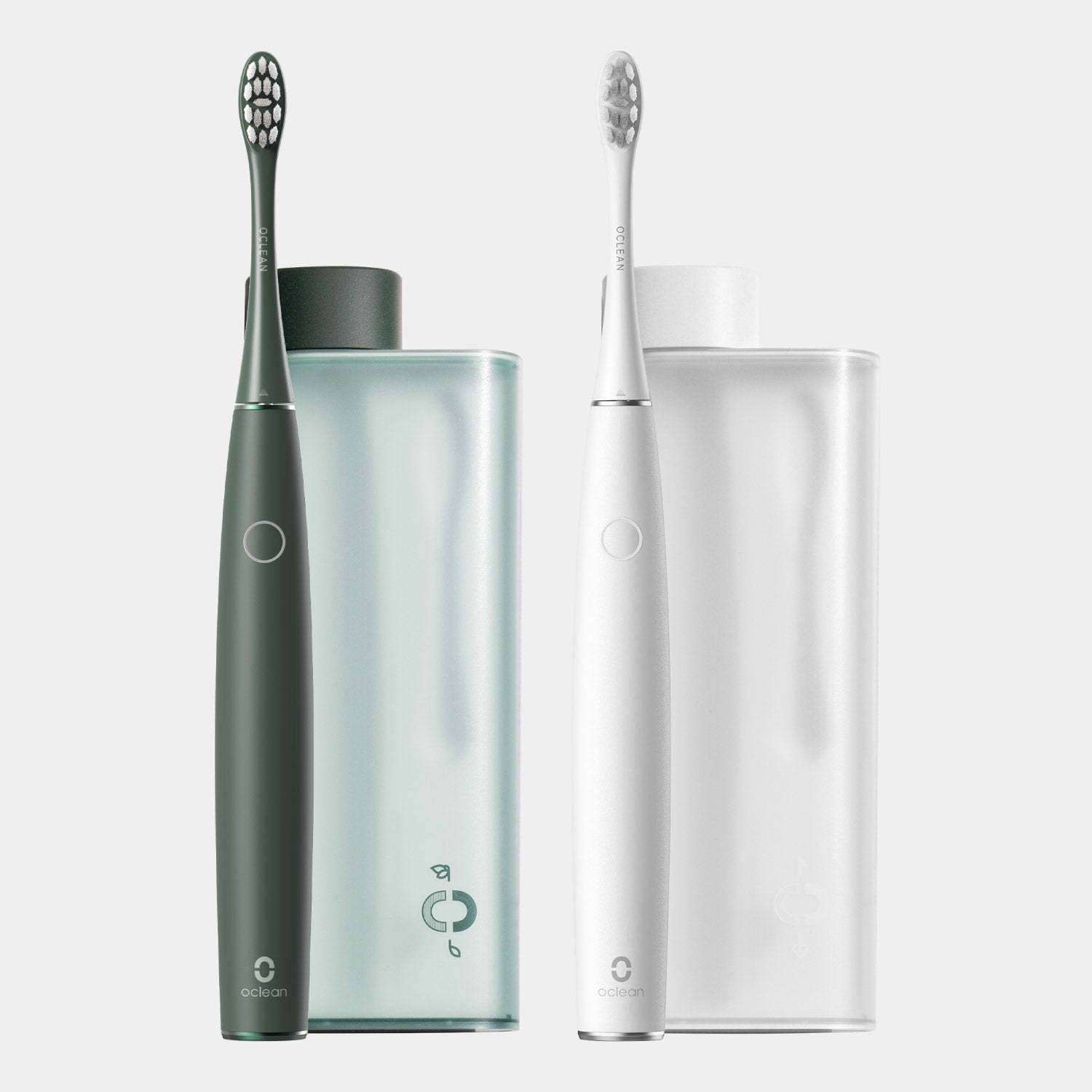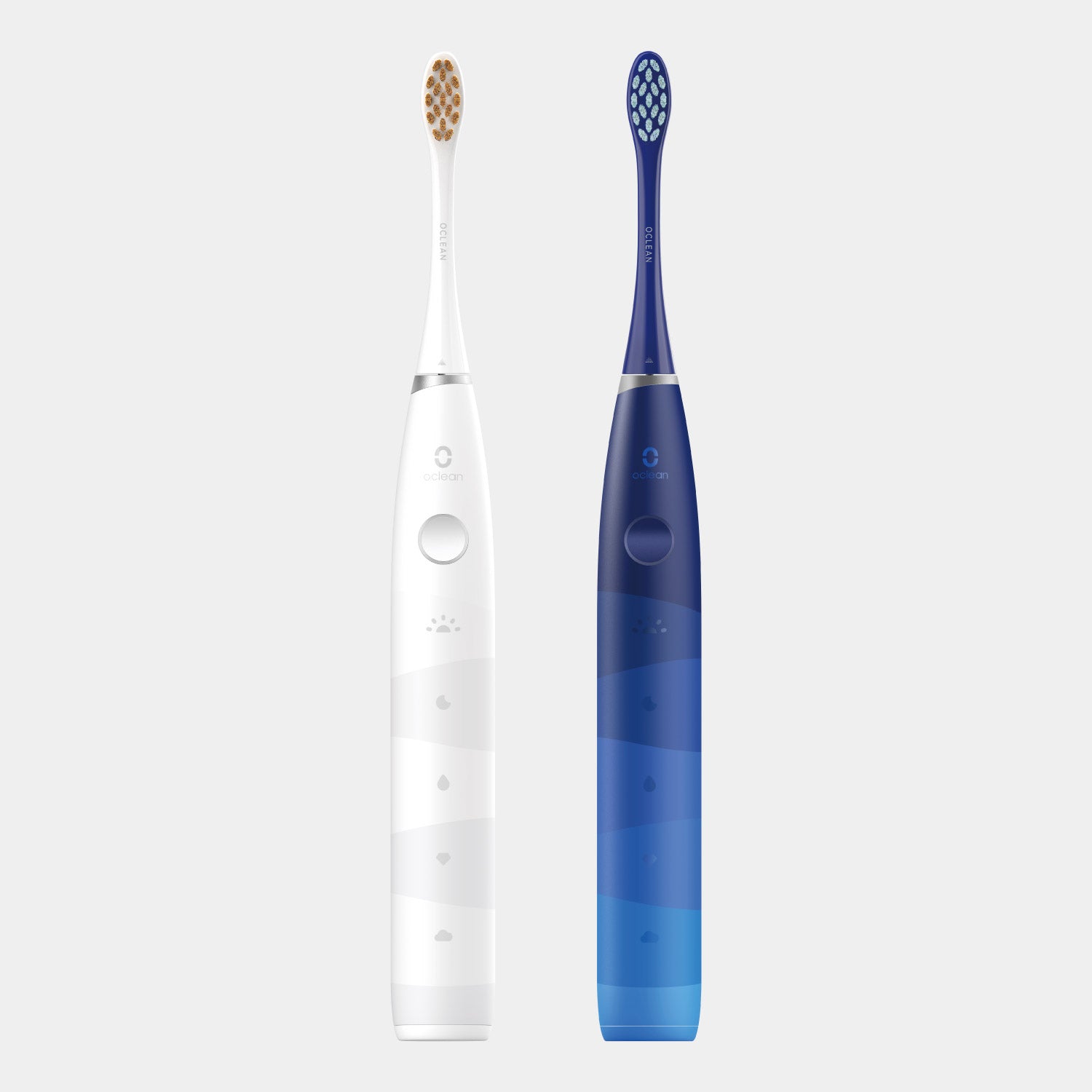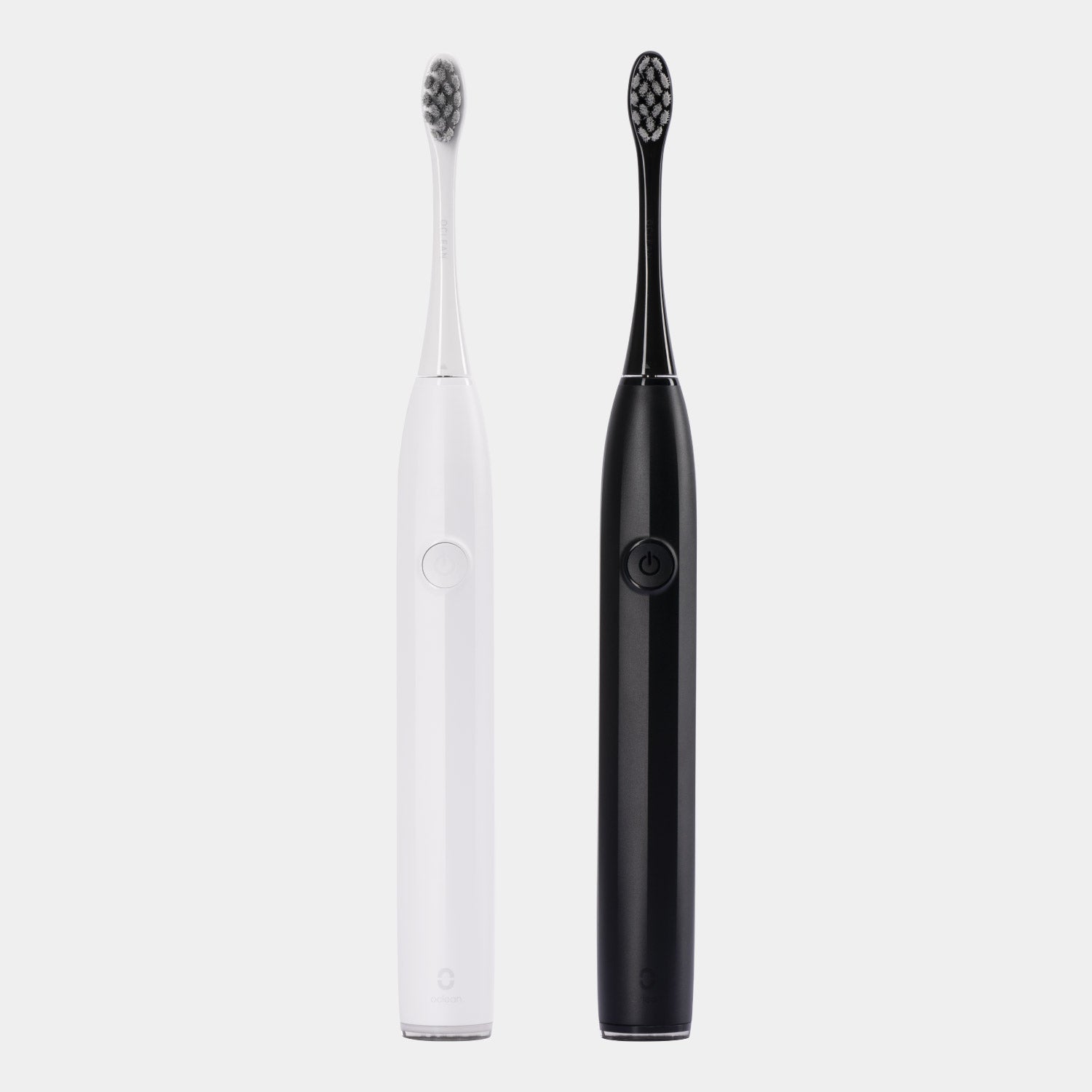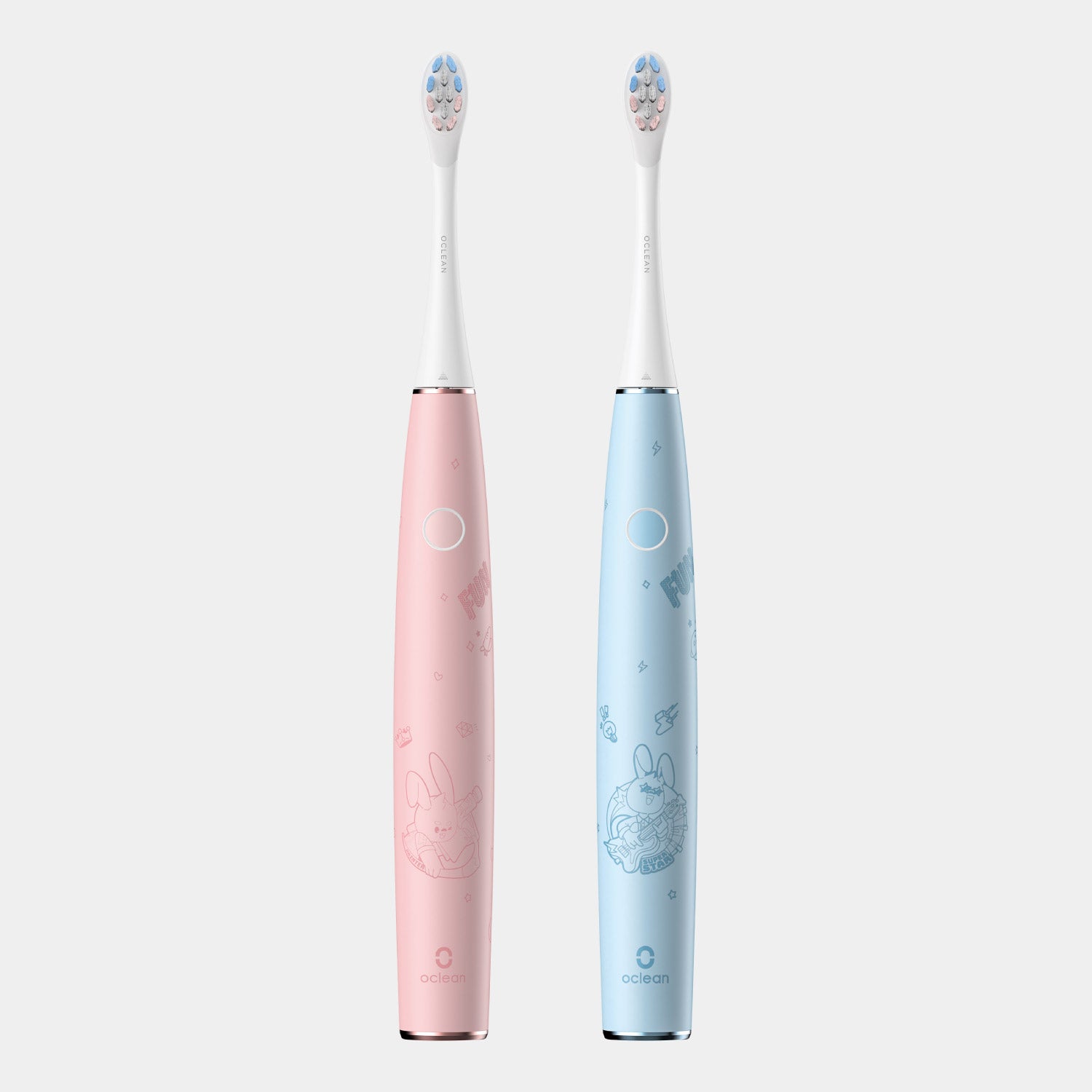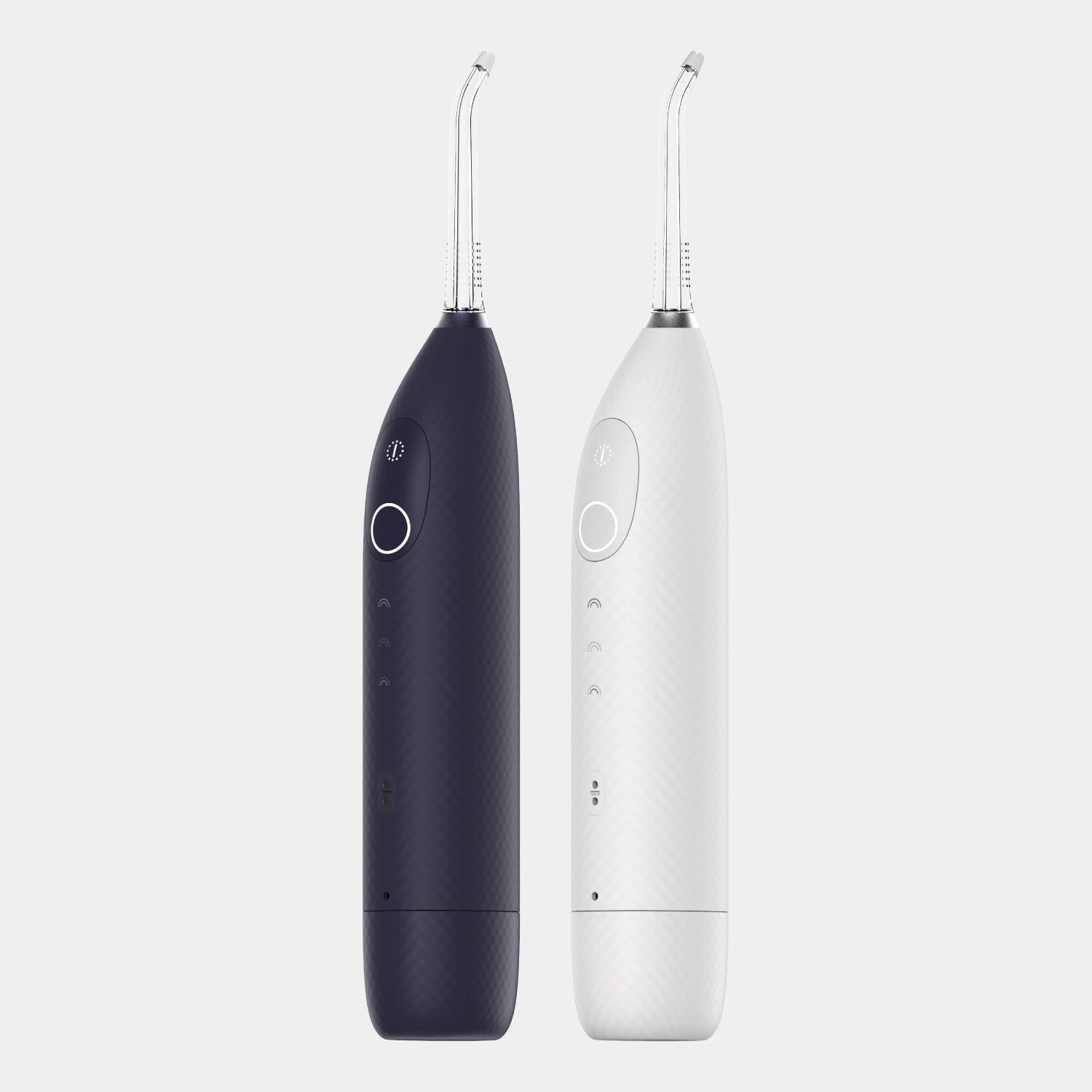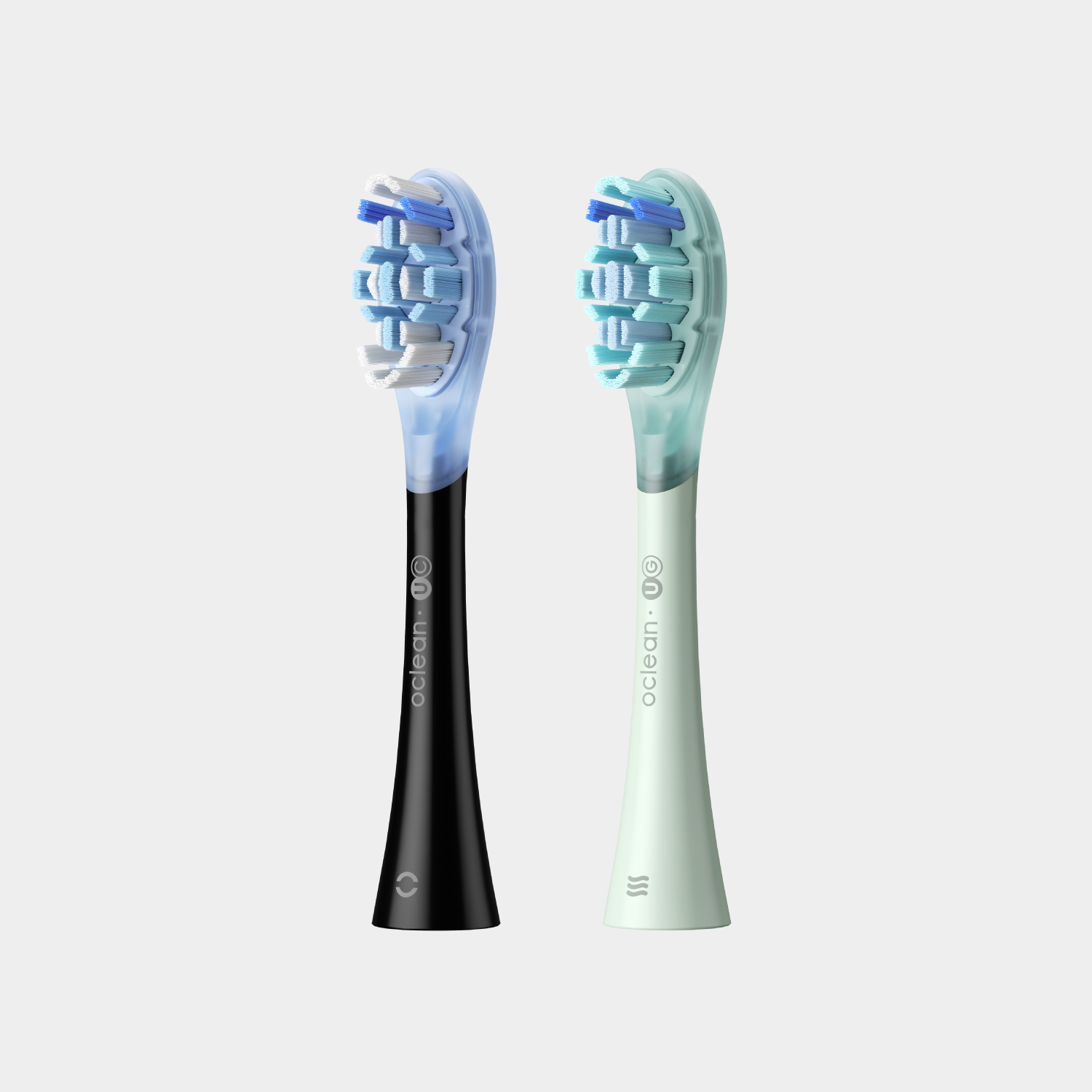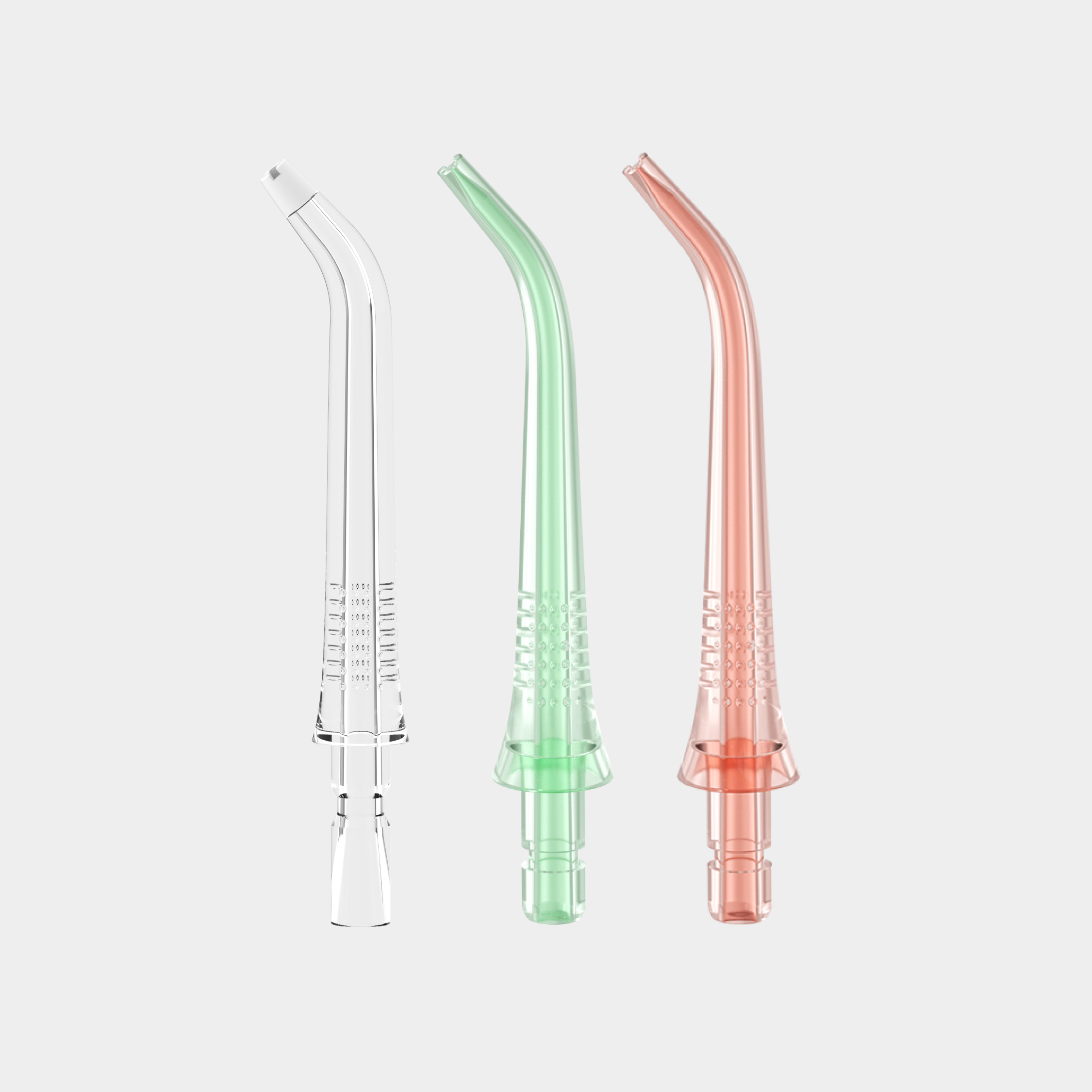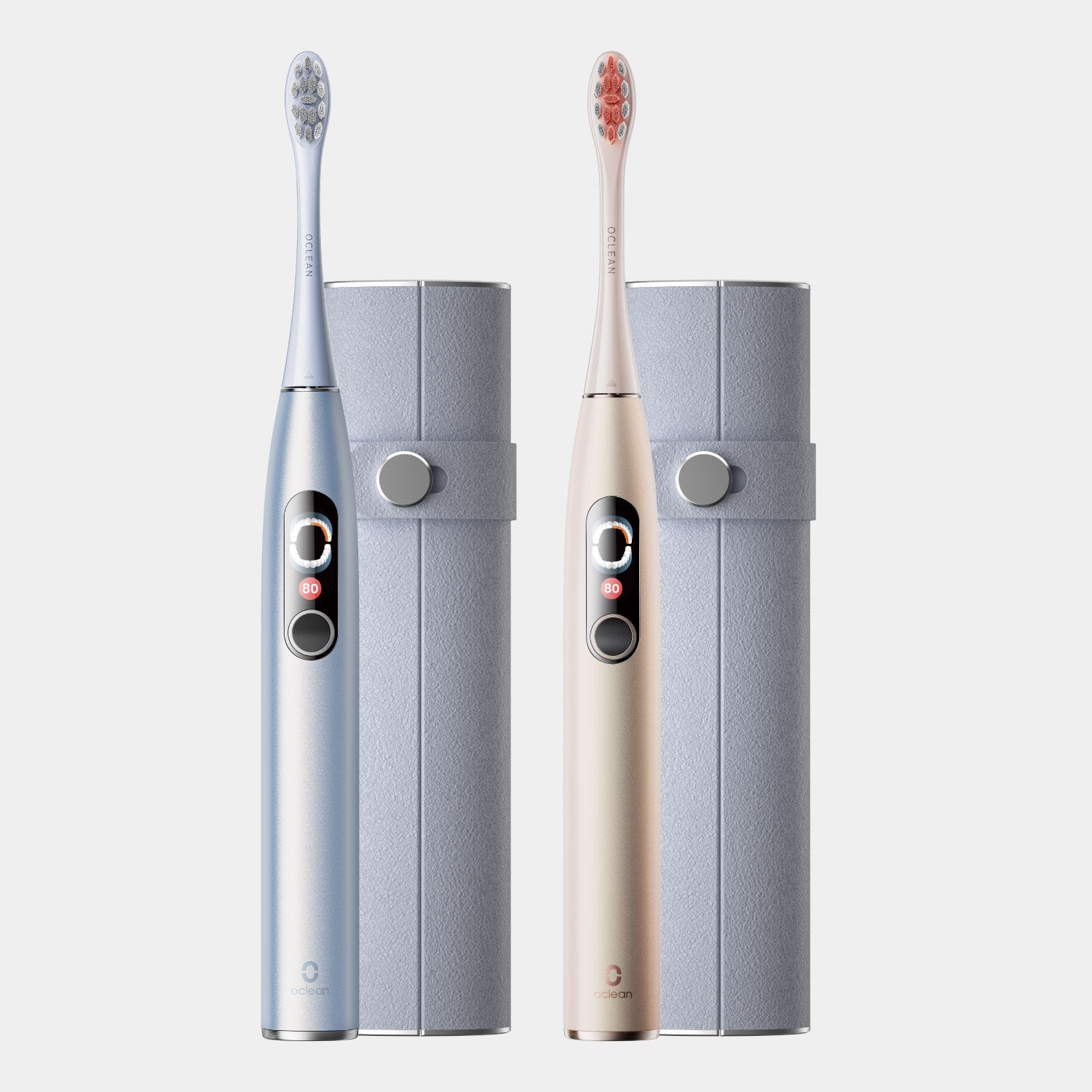Introduction:
Tooth extraction is a common dental procedure performed when a tooth cannot be restored. Following this procedure, it's crucial to prioritize dental aftercare to ensure proper healing and prevent infections. This article delves into the recommended waiting time before resuming exercise after tooth extraction and the potential consequences of not adhering to this timeline.
Understanding the Importance of Post-Extraction Care:
After tooth extraction, the mouth is left with a medium-sized wound, requiring attention to facilitate healing and prevent complications. While most individuals can return to normal activities shortly after the procedure, engaging in physical exercise too soon can compromise the healing process.
Why Avoid Exercise Immediately After Tooth Extraction:
Immediately after extraction, a blood clot forms in the socket, playing a pivotal role in the healing process. Strenuous physical activities, which increase blood pressure and flow, can disrupt this clot, leading to bleeding and potential complications. Waiting for the recommended period allows for the clot to stabilize and reduces the risk of post-extraction issues.
Recommended Waiting Time:
Dentists typically advise waiting 5 - 7 days before resuming exercise post-tooth extraction, although individual cases may vary based on factors such as the number and location of extracted teeth. During the initial days, activities like heavy lifting, swimming, running, and contact sports should be avoided to prevent complications.
Considerations for Pain Medication:
Patients still on pain medication should exercise caution with physical activities, as painkillers can mask potential injuries. Excessive physical exertion during this period may lead to inadvertent harm, emphasizing the importance of a gradual return to exercise.
Special Cases and Extended Waiting Periods:
In cases involving extensive tissue manipulation, such as those with tumors, patients may need to wait a month before engaging in physical activities. This ensures proper healing and minimizes the risk of complications.
Consequences of Exercising Too Soon:
Exercising prematurely after tooth extraction can result in bleeding and a common complication known as dry socket. This condition occurs when the blood clot dislodges, leaving the socket exposed, causing intense pain and prolonging the healing time.
Signs to Watch For:
Patients should pay attention to signs such as swelling, bleeding, pain, fever, or loose stitches after exercising. If these symptoms arise, it may indicate a need to wait a few more days before resuming physical activities. Consulting with a dentist is recommended for a thorough examination and appropriate treatment.
Enhancing Recovery and Preventing Complications:
While the healing process varies among individuals, maintaining proper oral hygiene can aid recovery. Avoiding small foods that may get stuck in the socket, refraining from smoking, and using a sonic toothbrush, such as the Oclean Air 2, with a gentle mode for careful brushing near the extraction site, contribute to a smoother recovery.
Conclusion:
In conclusion, patience is key when it comes to resuming exercise after tooth extraction. Waiting the recommended 5 - 7 days helps protect the blood clot, reducing the risk of complications like bleeding and dry socket. While there's no shortcut to faster healing, individuals can contribute to a smoother recovery through diligent oral care and avoiding detrimental habits during the recovery period.


